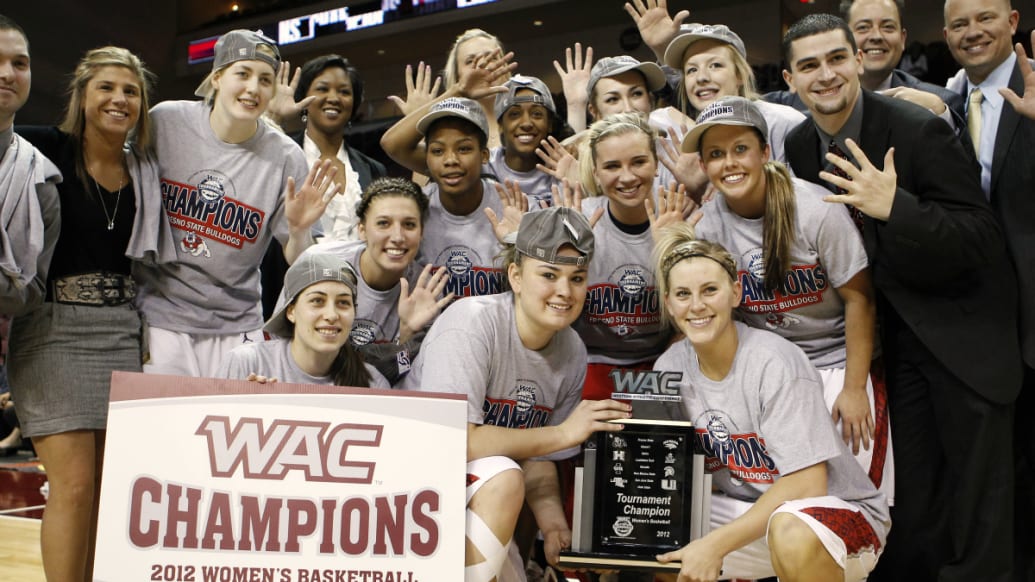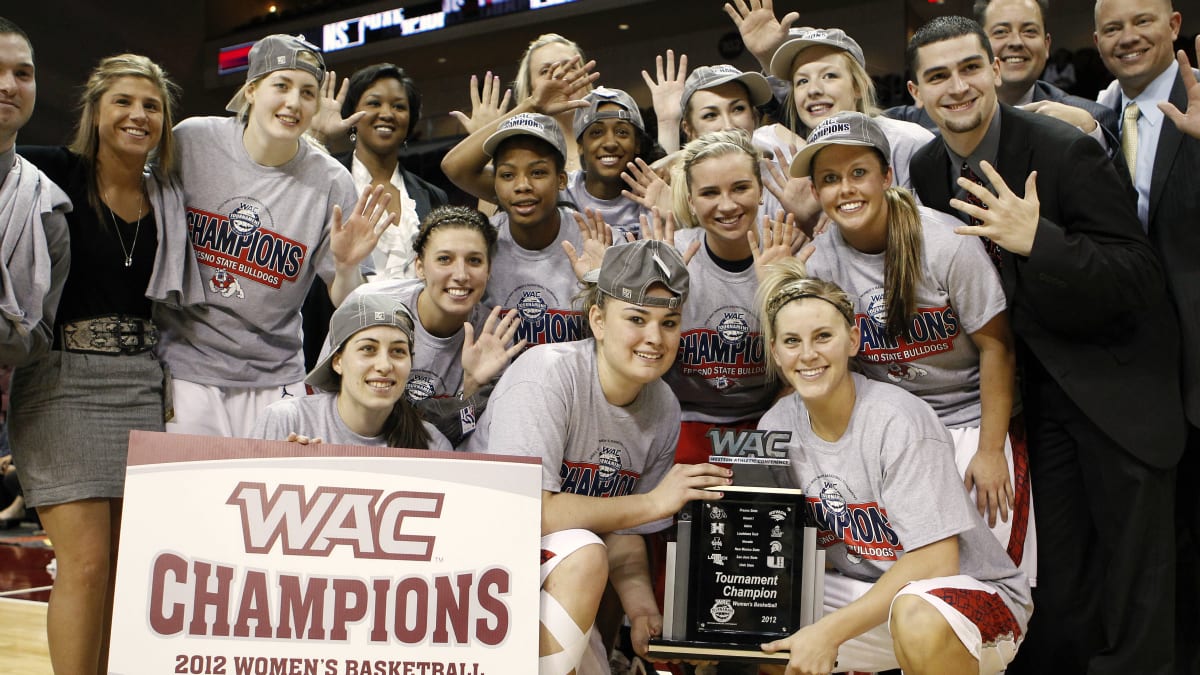There’s college football, and then there’s college football. There’s the sentimentalized, abstracted ideal of college football, which has some distinct sepia tones and is spoken of in terms of community and tradition and pride. And then there’s college football as it actually is, which is a hugely successful sports-entertainment enterprise powered by unpaid labor and massive television contracts that sells a product that—being football, as opposed to the aforementioned genteel, heritage-steeped fight-song singalong and chant-off alongside the ghosts of generations past—is violent and compromised and crooked/stupid and exciting and mostly great. The sport that happens on Saturdays through the fall is both those things, finally. Which is a lot.
That tradition talk is an important part of how college football sells itself, and college football sells itself very well; in college football’s burned-over districts in the Southeast, Deep South, and upper Midwest, no salesmanship is needed. College football simply is and exists as that luckiest kind of institution—one that’s both adored and treated with an awe-full reverence that works in the same consensus-enforcing way fear would. It’s not, in short, the sort of thing that changes because of outside pressure. But as college football’s latest batch of super-lucrative television contracts and increasing emphasis on larger and more powerful mega-conferences indicates, the sport is changing. Or maybe it’s not change, exactly. It might be more correct to say that big-time college football is simply growing more, and more rapidly, into the feudal, profit-driven dominance machine that it has spent the last decade becoming.
Whatever that is or will be, it’s clearly something that no longer has much need of the 50-year-old Western Athletic Conference.
“Sometime late in July, it became apparent that it was unlikely we could continue with football,” WAC commissioner Jeff Hurd told The Denver Post. Hurd walked the statement back later that day, saying, “We didn’t make any announcement that we were quitting football.” But given the state of play in college football—and the turmoil and turnover that has defined the WAC since it expanded from 10 to 16 teams in 1996—that announcement seems inevitable. The consequences of dropping football are equally apparent. The last Division I athletic conference to drop football was the Southwest Conference in 1995. The SWC disappeared entirely a year later.
Some of the blame for the WAC’s parlous state can be chalked up to the conference’s governance before Hurd took the reins. The last of the conference’s six founding schools left after the 1999 season to found the Mountain West Conference, which has systematically swiped winning WAC programs ever since. Since the WAC’s 1996 expansion, 17 schools have joined the conference, a rate and intensity of churn that doesn’t do much to bolster any claim to tradition or loyalty. “Of the 26 schools that played football or will play football in the WAC over the course of its existence, 24 of them left or will leave voluntarily.” Matt Hinton notes at CBS Sports. “And the two that didn’t, Idaho and New Mexico State, were only left in the end because no one else would rescue them.”

While the WAC was never a powerhouse-production factory on the order of the Big Ten or Southeastern Conference, its half century of football history had some notable high points, most notably Brigham Young’s 1984 underdog national-championship team. More than that, the WAC served a simple, beneficial role: it was a conference in which teams from the same large, scenic neighborhood of the intermountain West played sports against each other. Before they became brands unto themselves—long before fans of Southeastern Conference teams started chanting “SEC” at vanquished foes, and long before conferences could command 10-figure television deals—this was what athletic conferences were and did. The Southwest Conference, which dominated college football in the 1960s, featured only one team from outside Texas during its glory years.
But this is no longer what athletic conferences are about. When college football first began the process of realigning itself into mega-conferences, it seemed inevitable that smaller regional conferences such as the WAC would suffer. That has indeed happened, as the biggest teams in college football’s smaller conferences have departed for more upscale conferences. If small conferences have suffered, they have not suffered nearly as much as the idea of geographic rivalries—a world in which Boise State (which left the WAC in 2011) plays its football in the Big East is a world in severe need of new maps, or perhaps just a new and much stricter definition of “East.” How the student athletes playing in these sprawling new conferences will deal with weekly cross-country flights for conference games, or the prospect of spending taxpayer funds on all that jet fuel, doesn’t seem to be the sort of thing that’s troubled anyone much.
And maybe it shouldn’t, at least if we look at college football as the business that it transparently is. From that perspective, conferences are right to realign to deliver the highest-quality football to those lining up to consume it and those lining pockets with multibillion-dollar television contracts. All that expansion is not necessarily a manifestation of blind greed: big-time programs throw off big-time money, and winning football coaches and athletic directors are routinely the best-compensated public employees in their states, but successful football teams can deliver enough revenue to keep an entire athletic department above water. But the ever-more-mega mega-conferences and the increasingly top-heavy college football scene reflect, more than anything else, market forces at work.
Contemporary college football is, in other words, a much harsher place than all that sepia-toned sentiment would suggest. It is also an increasingly inhospitable place for a middle-class conference like the WAC. The frantic expansion and dancing-as-fast-as-I-can shuffling in which the WAC engaged over the last decade can be seen, without squinting too hard, as the equivalent of an overleveraged homeowner taking out one gimmicky subprime mortgage after another in order to hold on to a rapidly depreciating dream house.
